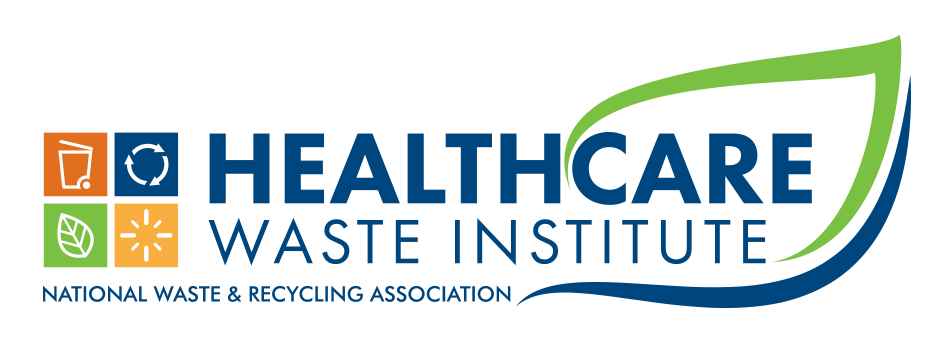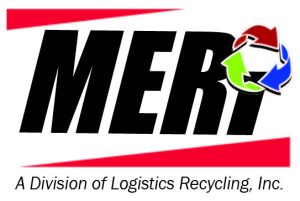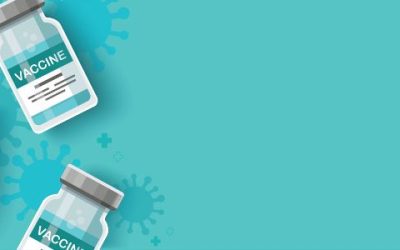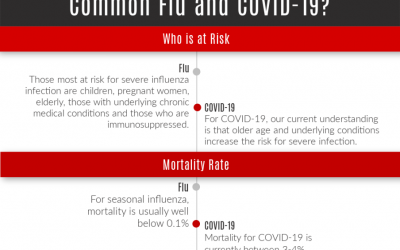
Trying to figure out how to manage Covid-19 waste? As a member of the NWRA’s Healthcare Waste Institute (HWI), MERI helped to craft this fact sheet on how to manage Covid-19 Waste. It addresses common questions and answers the National Waste Recycling Association has received for the handling and disposal of material infected with the coronavirus.
Prevention First Step
According to the CDC, there are five simple precautions for keeping the virus at bay:
- Avoid close contact with sick people
- Wash your hands often with soap and water
- Cover your coughs and sneezes
- Avoid touching your face with unwashed hands
- Stay home when you’re sick
Another great reference is this tutorial and poster by the CDC on proper hand washing. According to the CDC, soap and water are better to use than hand sanitizer. However, if using a hand sanitizer, make sure it has at least 60% alcohol in it.
Disinfectant with the Right Disinfectant
Cleaning surfaces with a proper disinfectant will kill the virus. Here are a few of the disinfectants recommended for use by the Environmental Protection Agency. Be sure to follow the disinfectant’s directions in order to keep the virus from spreading.
Be Smart. Not Fearful.
Offering his take on the coronavirus, astrophysicist Neil deGrasse Tyson says to be smart, not fearful. “A life lived in fear is a life half-lived,” he wisely says during a Colbert interview (https://www.youtube.com/watch?v=jB4FUHHMI24). Take precautions. But, don’t freak out.
Also, keep in mind, OSHA says that without sustained human-to-human transmission, most American workers are not at significant risk of infection.
Facts to Follow When Dealing with Coronavirus
While the federal government continues to evaluate the transmissibility and severity of COVID-19 virus, here are answers to some common questions:
Q: What precautions can workers take to be safe?
A: General precautionary measures should include avoiding touching your eyes, nose, and mouth with unwashed hands. Wash your hands with soap and water for at least 20 seconds. Use an alcohol-based hand sanitizer that contains at least 60% alcohol if soap and water are not available.
In addition, wipe down surfaces with disinfectant. Sneeze or cough into your shoulder or arm or a tissue. OSHA also states that workers use appropriate engineering and administrative controls, safe work practices, and personal protective equipment (PPE) to prevent worker exposure.
Q: How should household waste that comes from a home where a patient with COVID-19 be managed?
A: The CDC says no special precautions are necessary. Waste should be treated the same as if it were the flu.
Q: How should we treat waste that comes from an office or retail outlet where a patient has COVID19?
A: Waste from commercial businesses and retail entities can be handled as they typically are unless told otherwise by their local health department.
Q: How should regulated medical waste (RMW) from COVID-19 be managed?
A: OSHA guidance for waste management is based on the CDC’s determination that COVID-19 virus is not a Category A infectious substance. It is a Category B infectious substance, which when discarded, is a regulated medical waste.
OSHA states that workers and employers should manage waste contaminated with COVID-19 virus as they would other regulated medical waste. Also, use appropriate engineering and administrative controls and safe work practices. Use PPE, such as puncture-resistant gloves and face and eye protection, to prevent worker exposure to medical waste. This includes sharps and other items that can cause injuries or exposures to infectious materials.
Q: Should sharps containers (single-use and reusable) from COVID-19 be put into red bags?
A: The Healthcare Waste Institute recommends using single-use containers for COVID-19 patients. While regulations do not require reusable sharps containers to be put into red bags, some healthcare waste companies follow this procedure. As such, healthcare facilities should check with their healthcare waste provider for any special protocols. Follow standard protocols for single-use sharps containers when closing, overpacking and shipping for treatment and disposal.
Q: Should PPE from COVID-19 be put into red bags? What about general waste from patients such as used tissues?
A: Only grossly contaminated PPE should be put into red bags. Patient trash such as used tissues may be disposed of into regular trash (municipal solid waste). Unless, of course, the local health department directs otherwise.
Q: Are there any special efforts to disinfect surfaces from COVID-19?
A: The virus can easily be killed by detergents and disinfectants at regular temperatures used for washing. For a specific list of approved products, please refer to EPA’s list of registered antimicrobial products for use against Novel Coronavirus SARS-CoV-2, the cause of COVID-19.
Q: Does waste from patients with COVID-19 need to be separated from other infectious waste?
A: Although not required, HWI recommends that COVID-19 waste be identified in order to protect their workers in the event a bag needs to be opened for some reason. Be aware that healthcare waste companies may adopt special provisions specific for their companies and the safety of their employees during this time.
Other Helpful Links
Here are some helpful links from the CDC for more detailed information:
Please note, as information on Covid-19 is still developing, these FAQs are subject to change.
Take Extra Precautions with Coronavirus Waste
To date, the U.S. Centers for Disease Control and Prevention (CDC) says 2019-nCoV is not a Category A infectious substance. However, take extra precautions when handling this waste.
Also, check out MERI’s recent blog for more information on how to manage coronavirus waste. If you have a CONFIRMED case, let MERI know so that we can implement special procedures for how to manage and treat the waste.
In addition, be sure to separate coronavirus waste from other waste steams. Tie the bag using an overhand or gooseneck knot. Do not tie bags in a bunny ear style as it may be prone to leaks if turned upside down. Here are instructions for how to properly tie a biohazard bag
MERI stands ready to assist you with your infectious waste disposal. Call if you have any questions.
###



